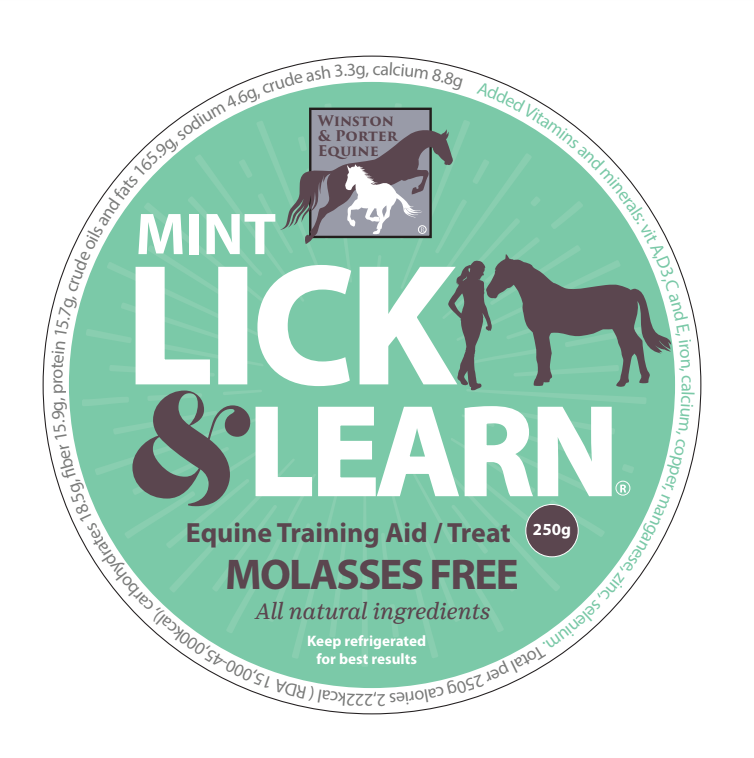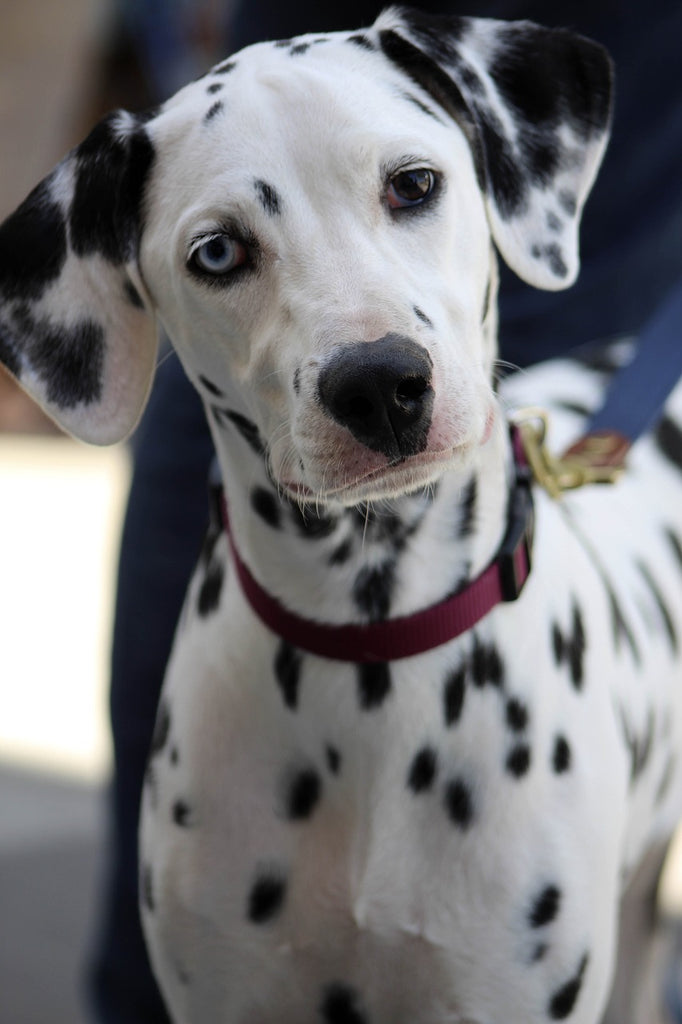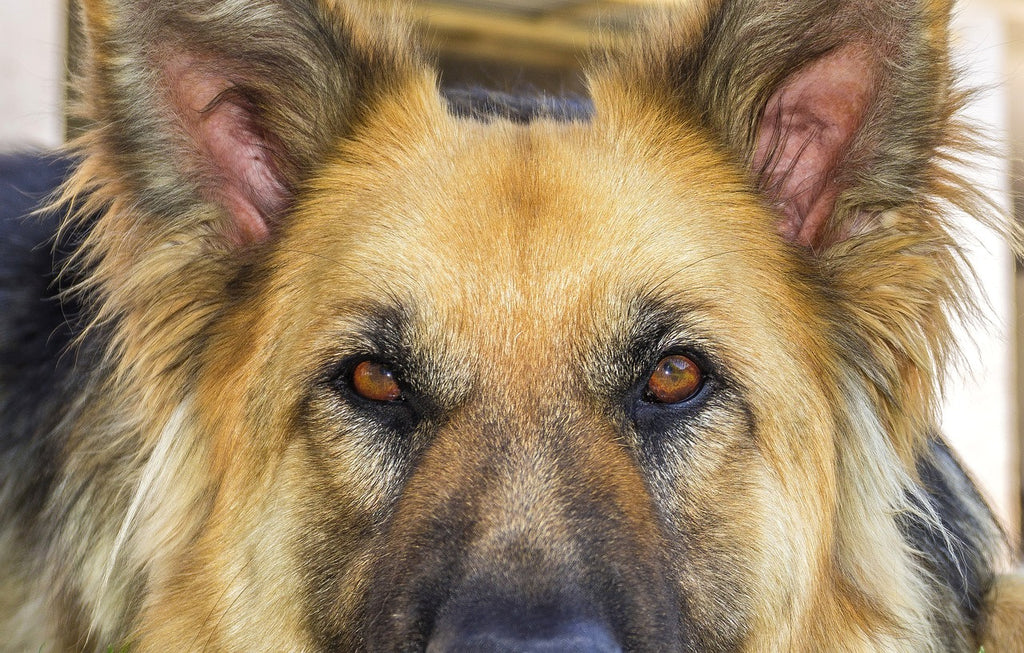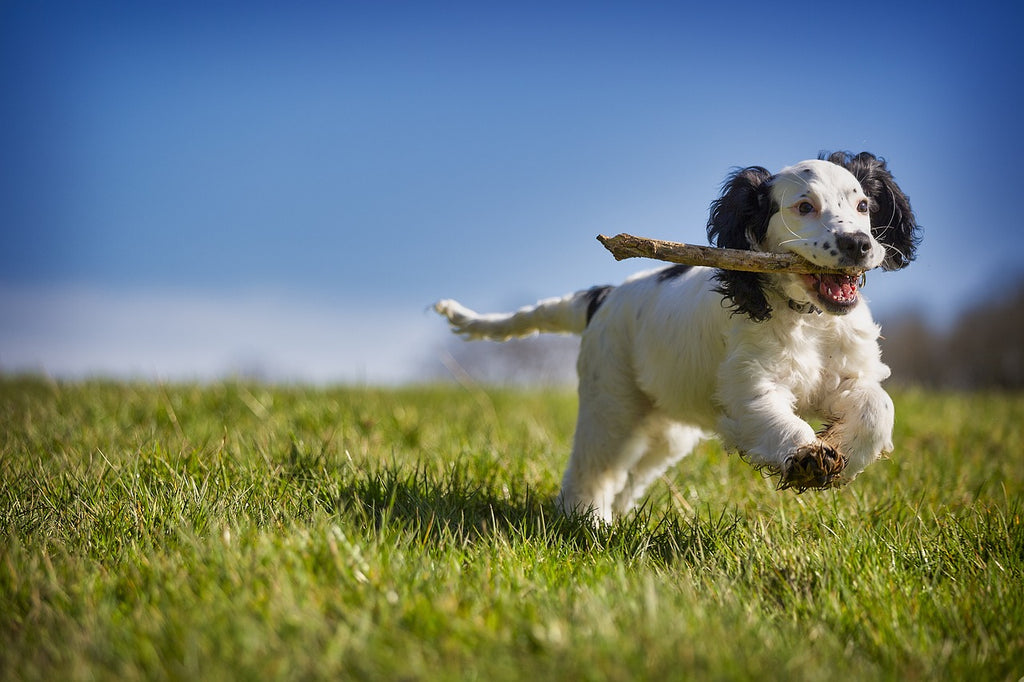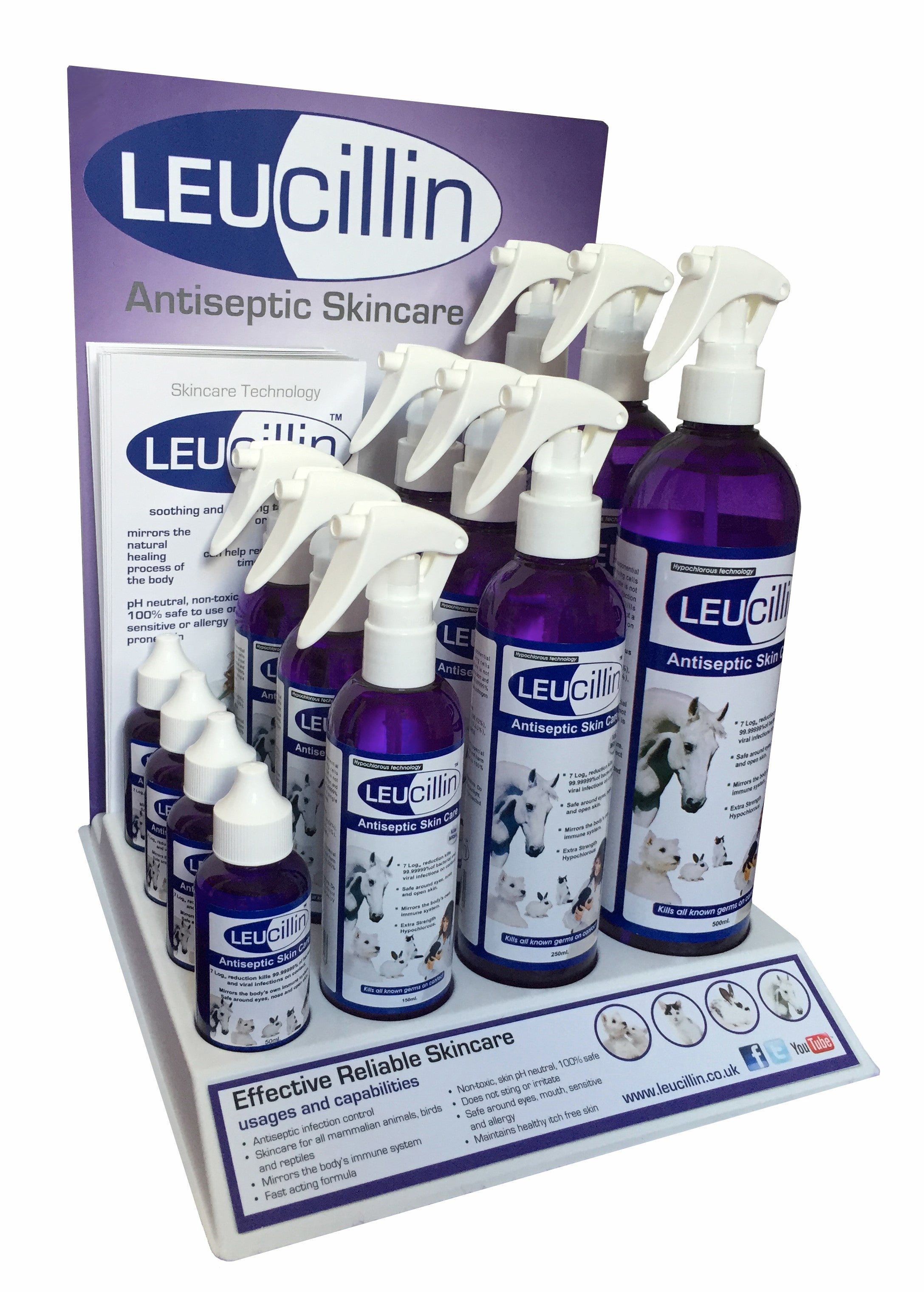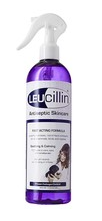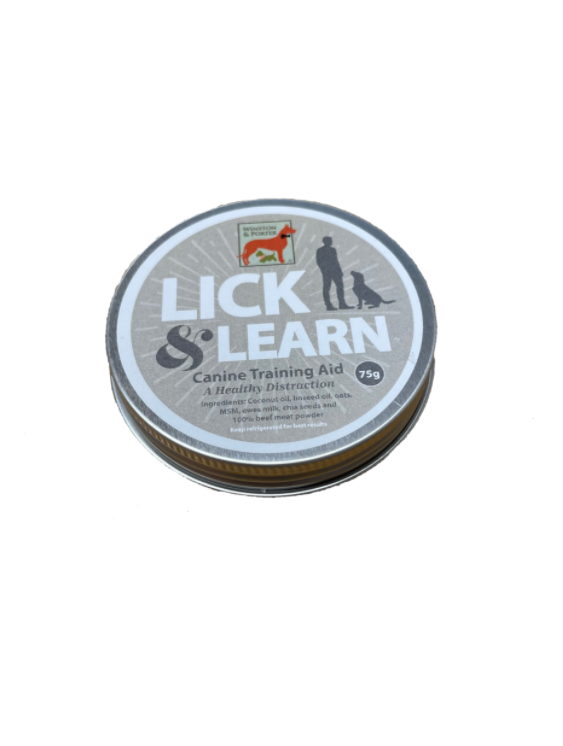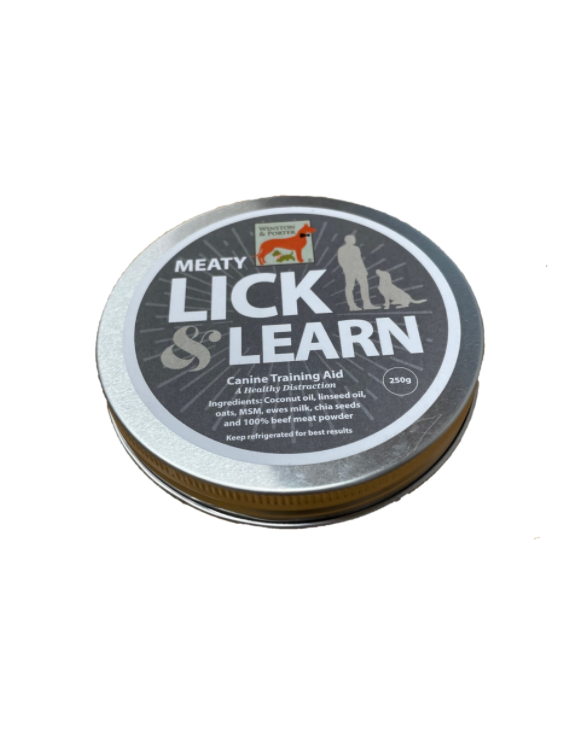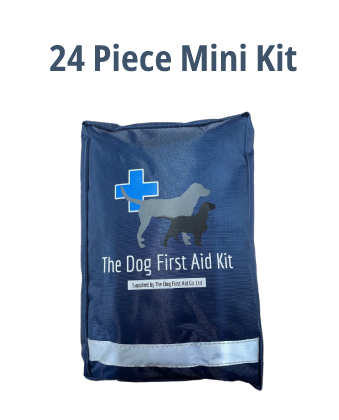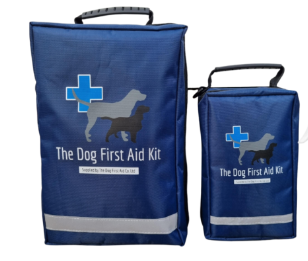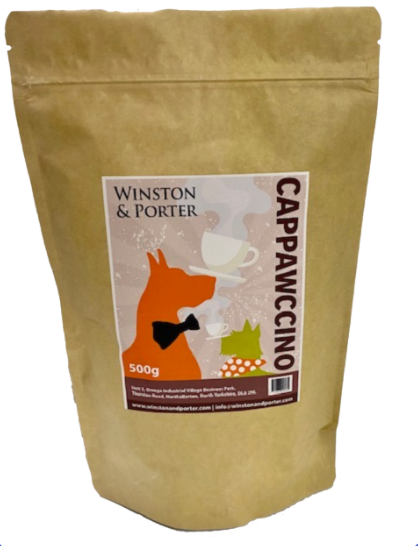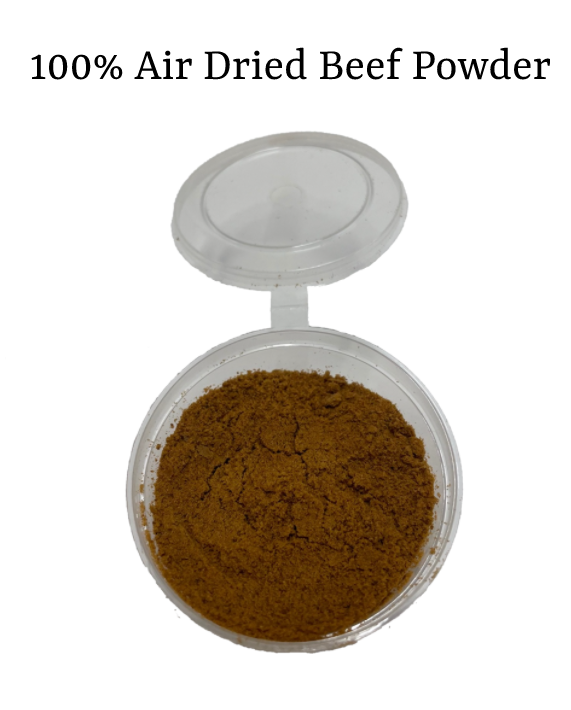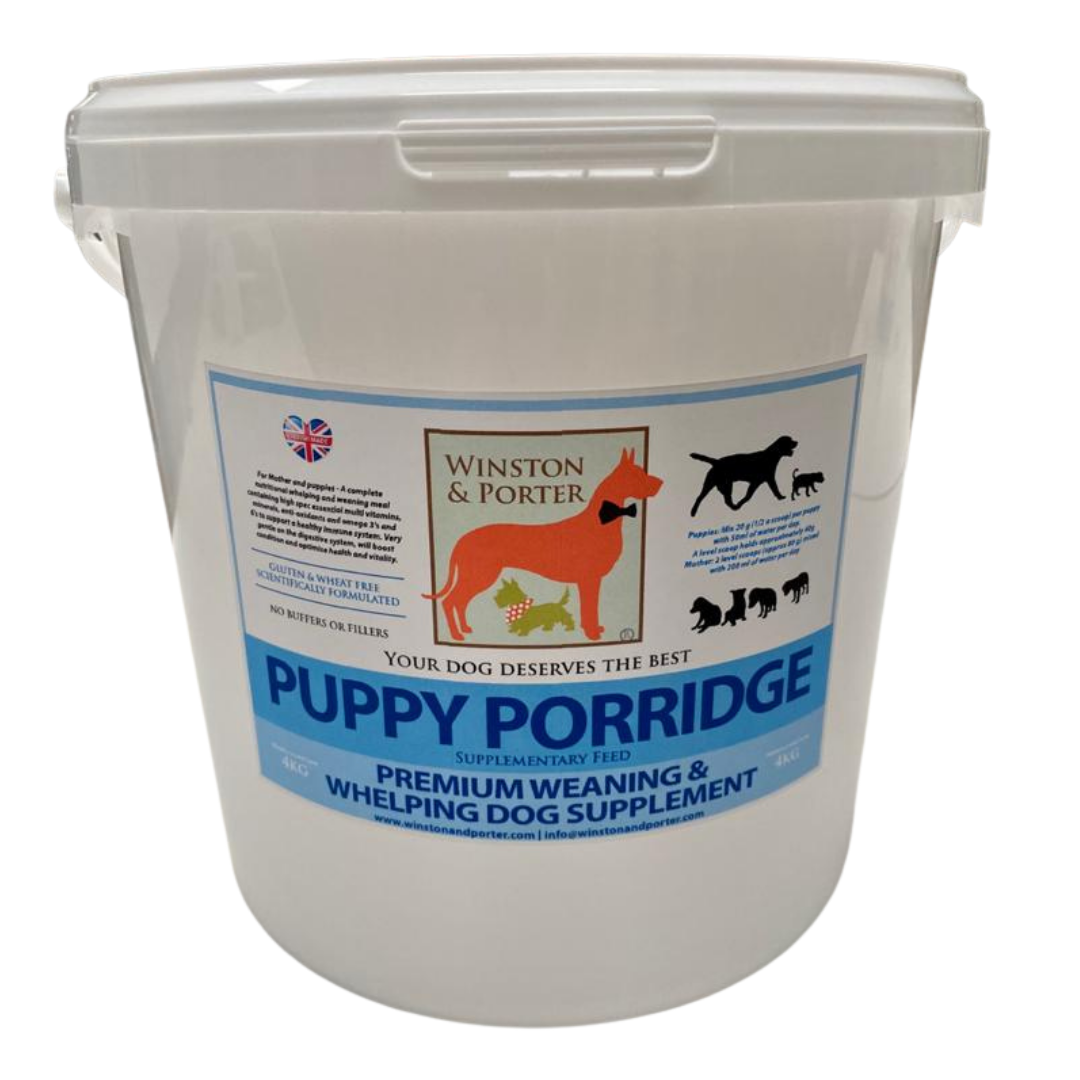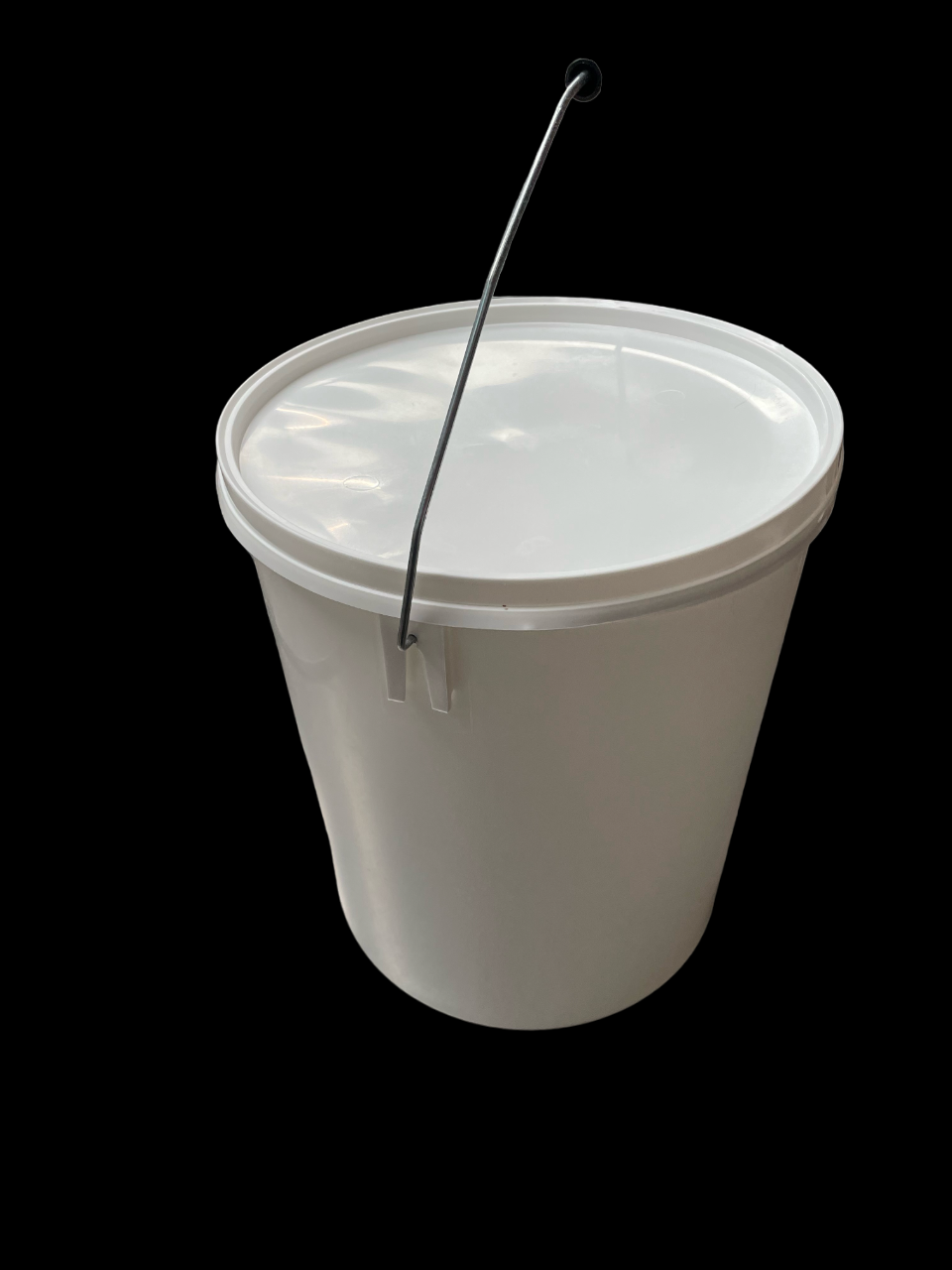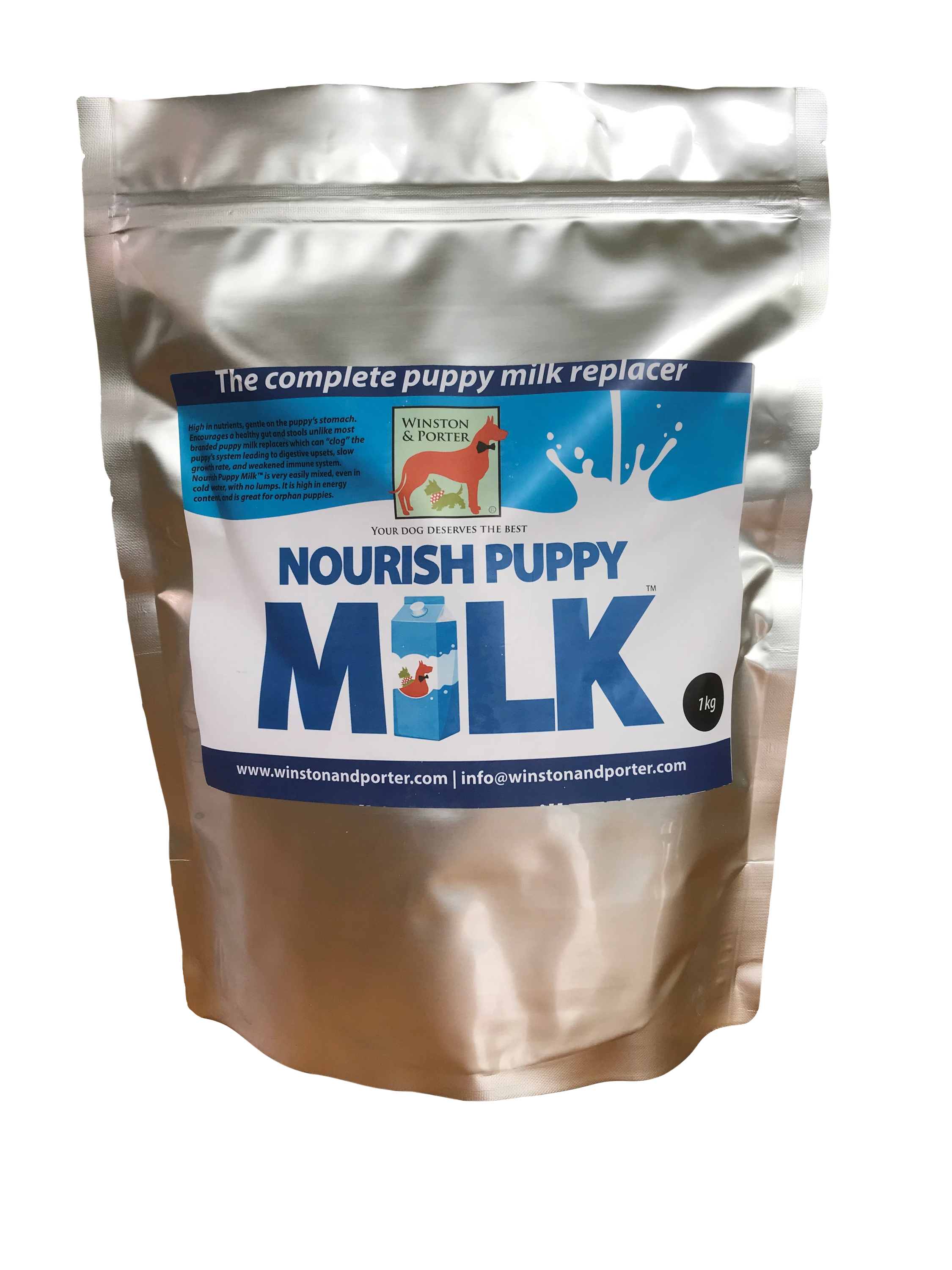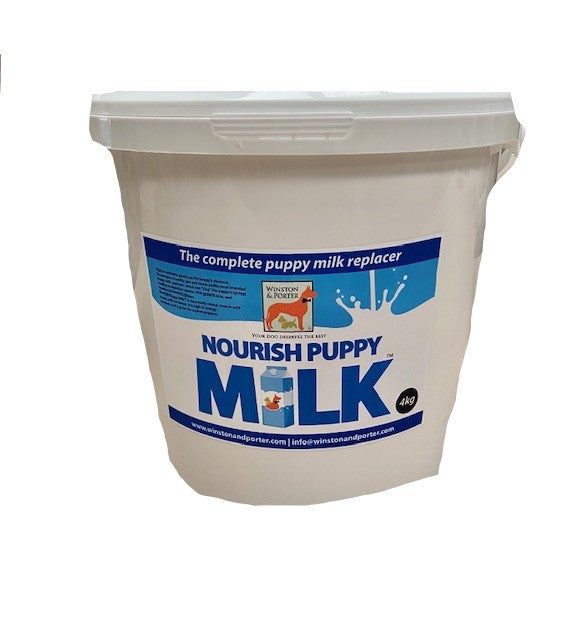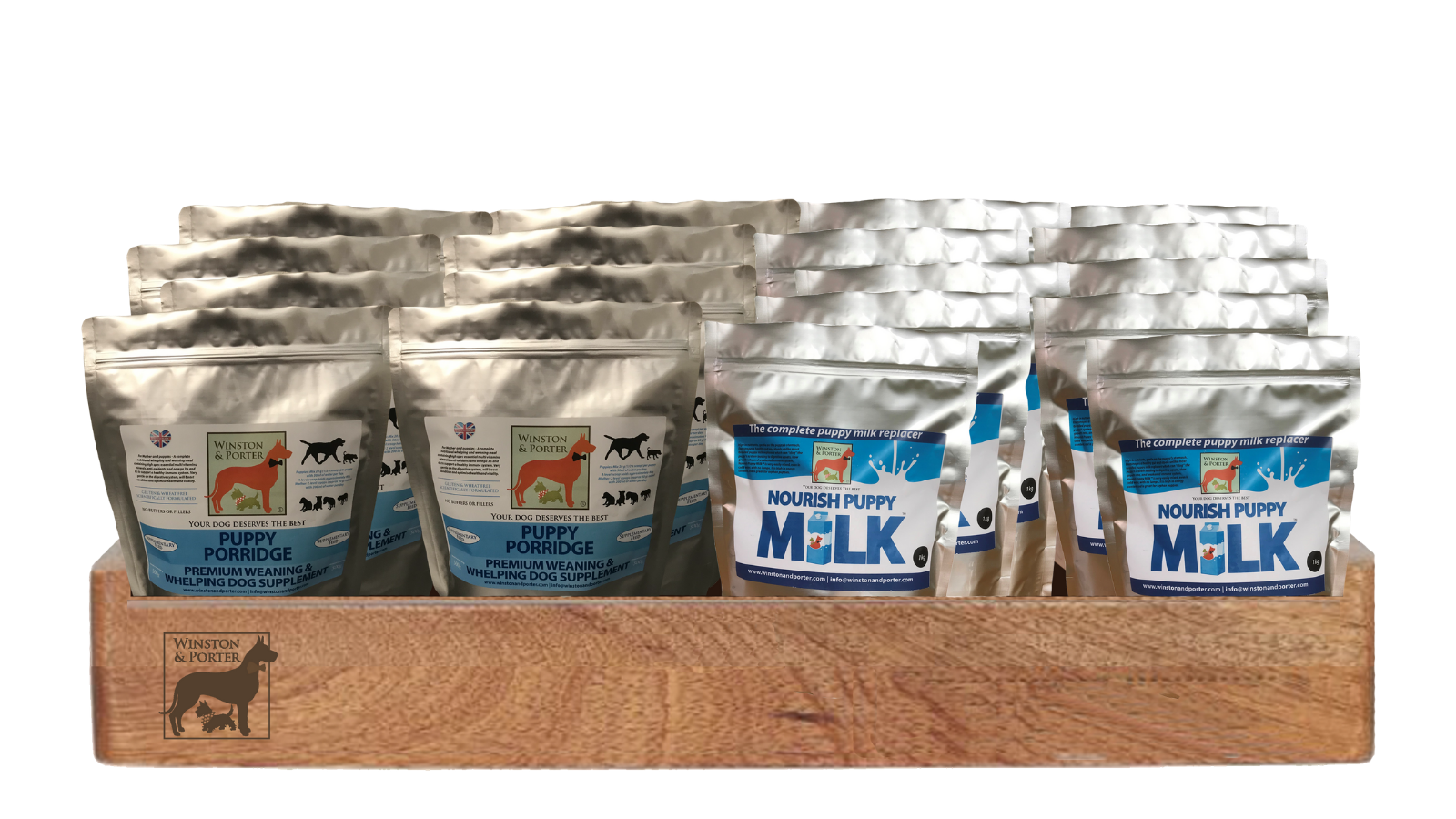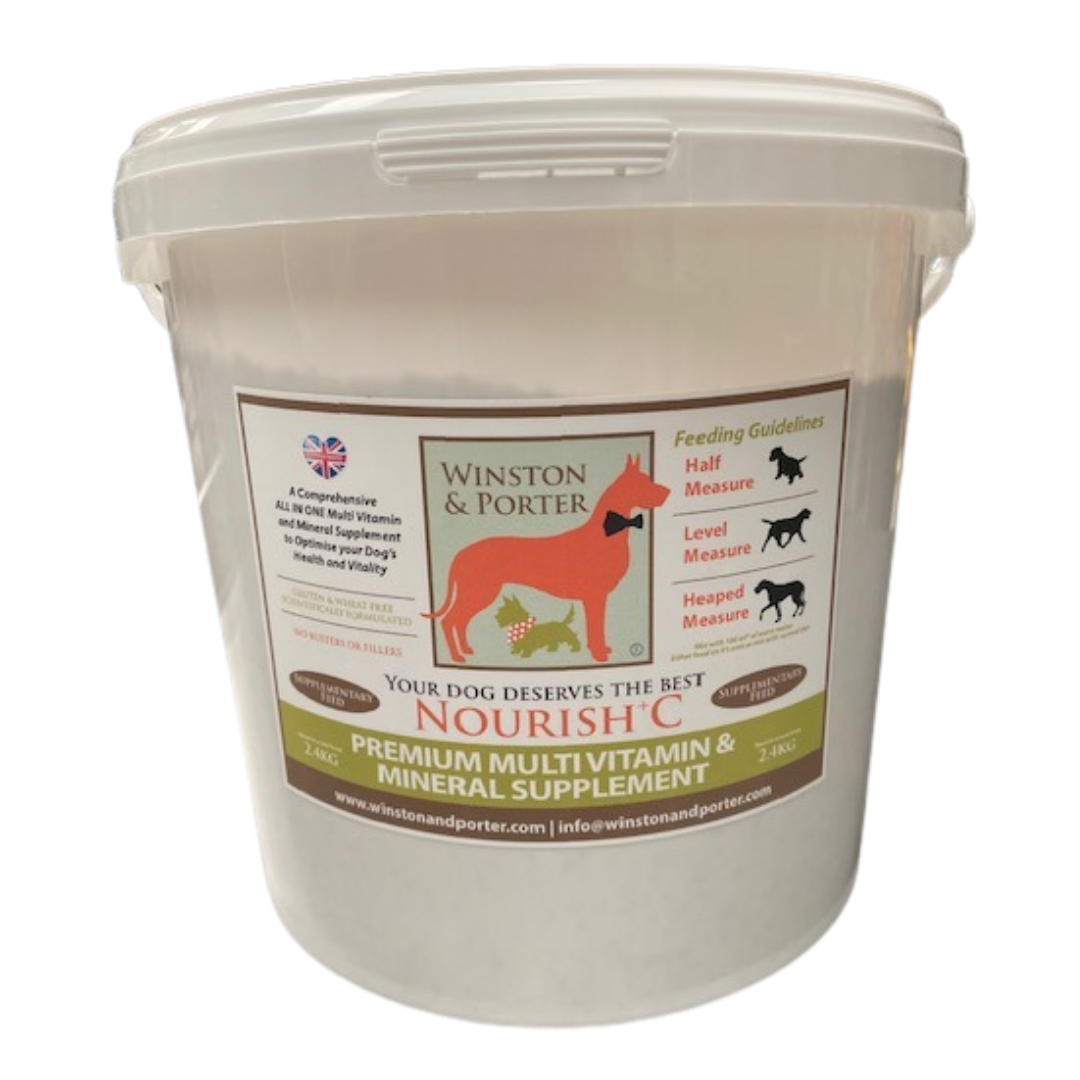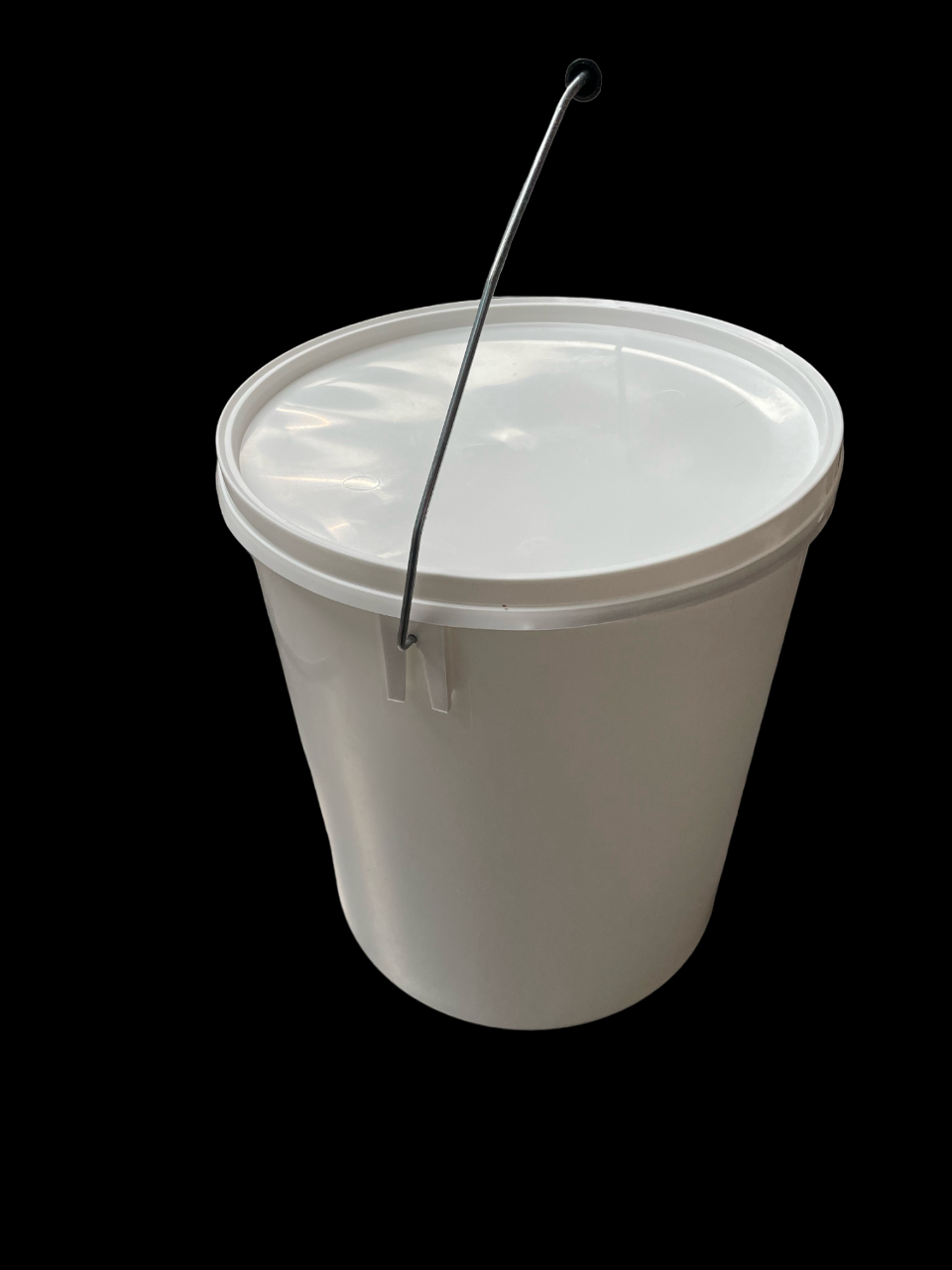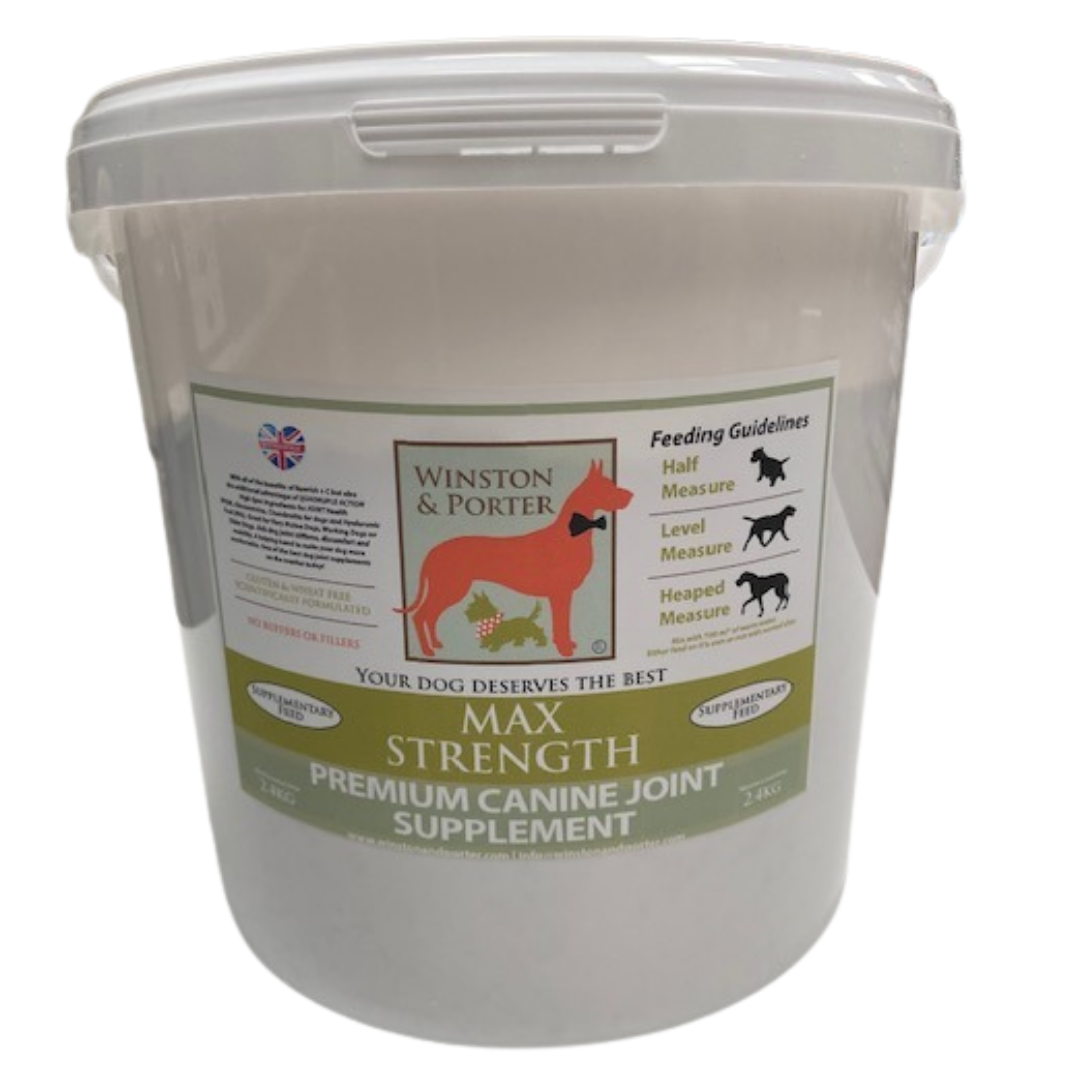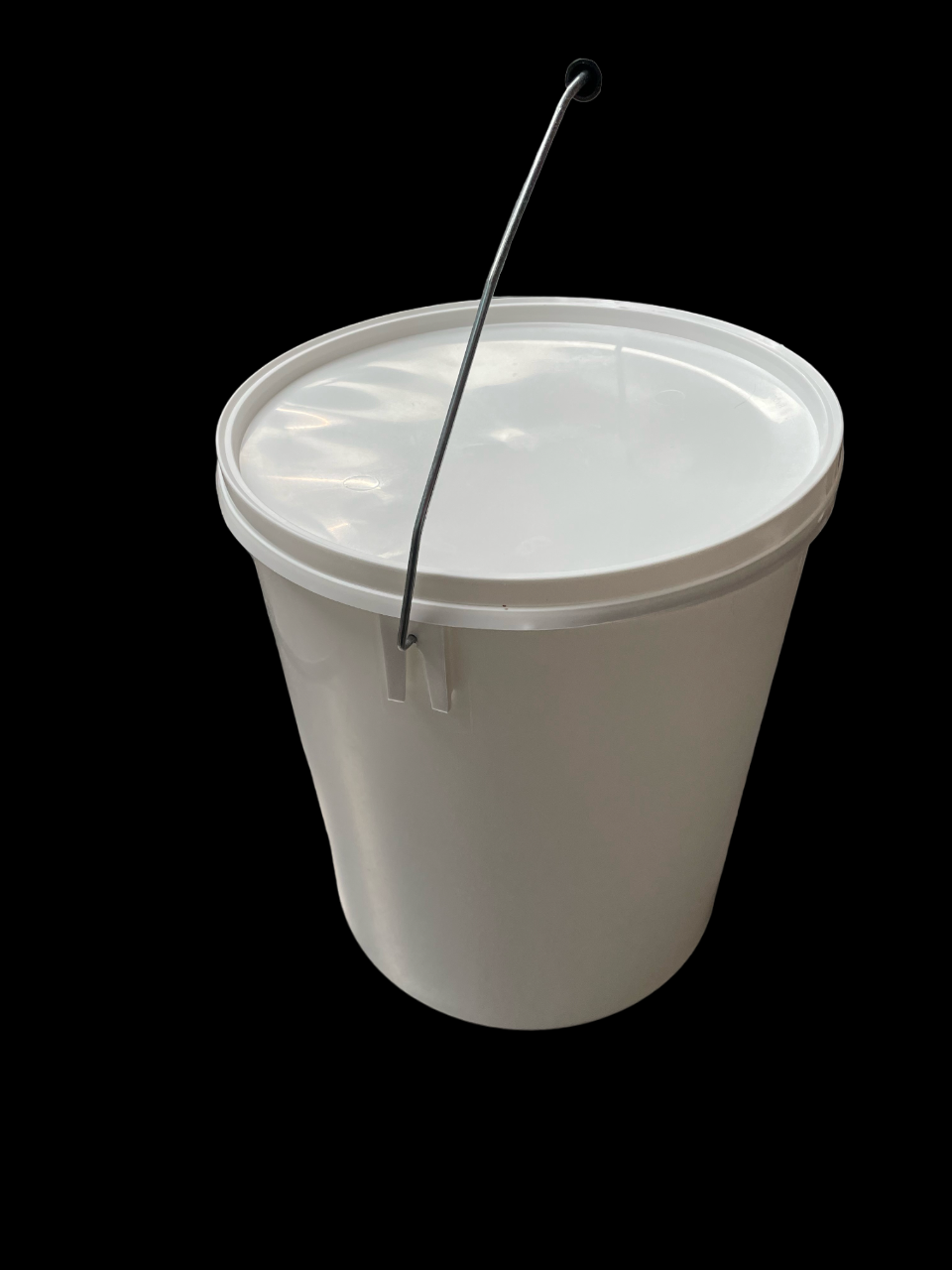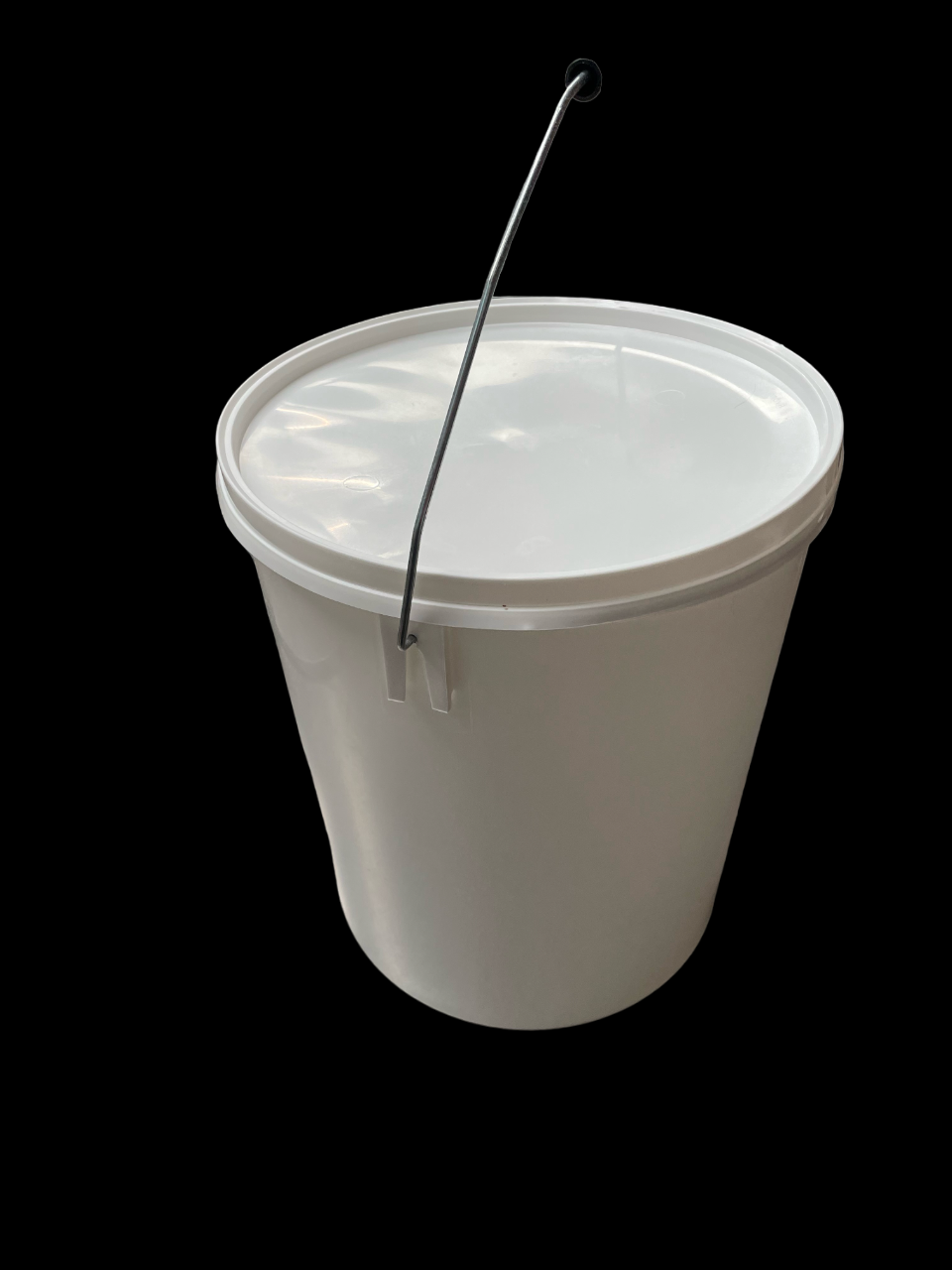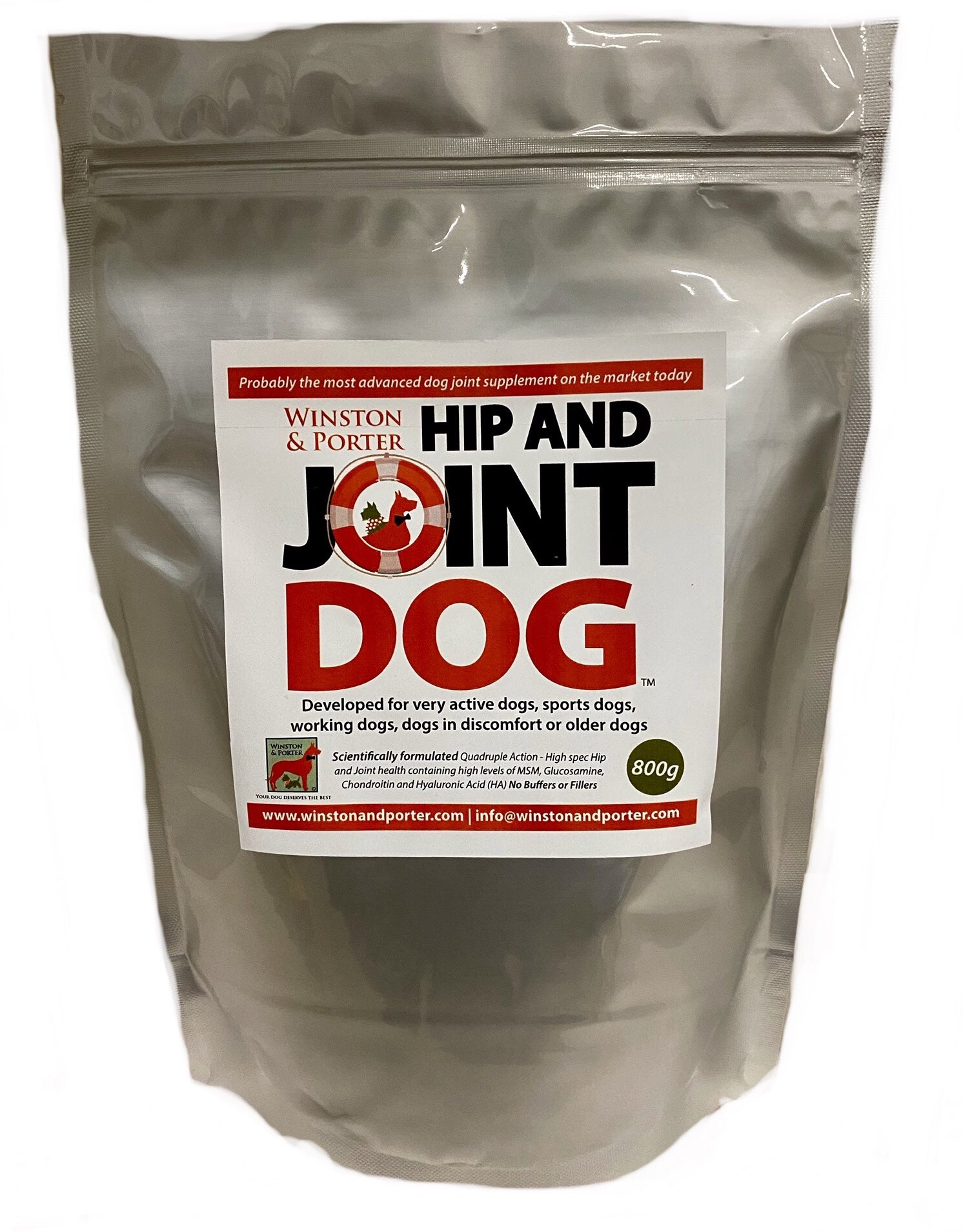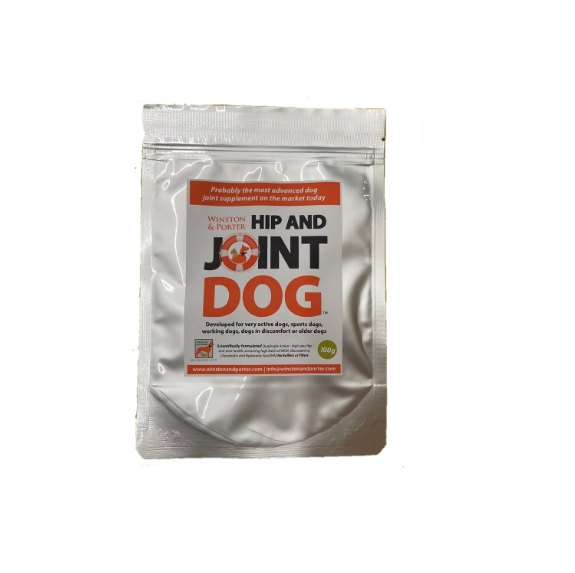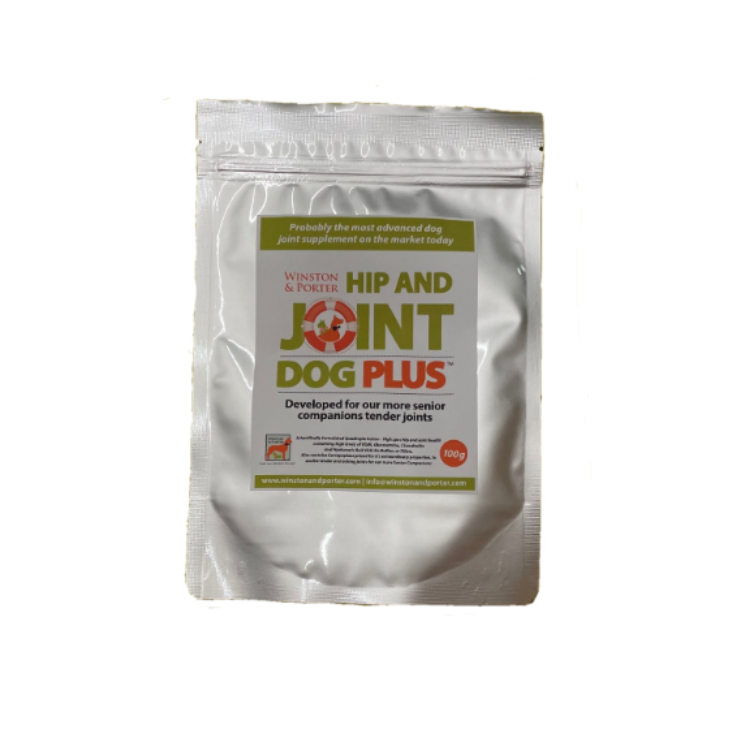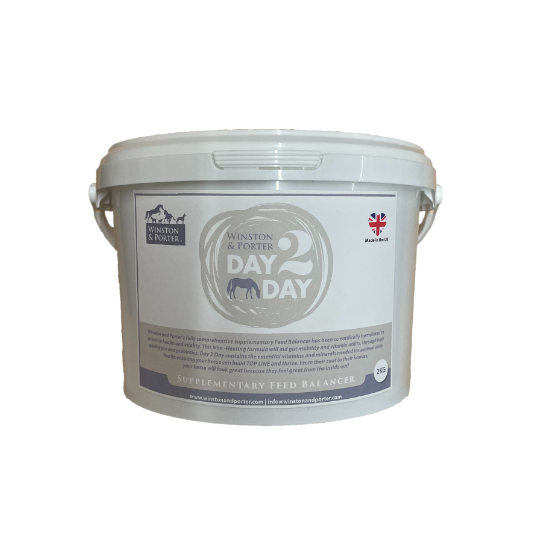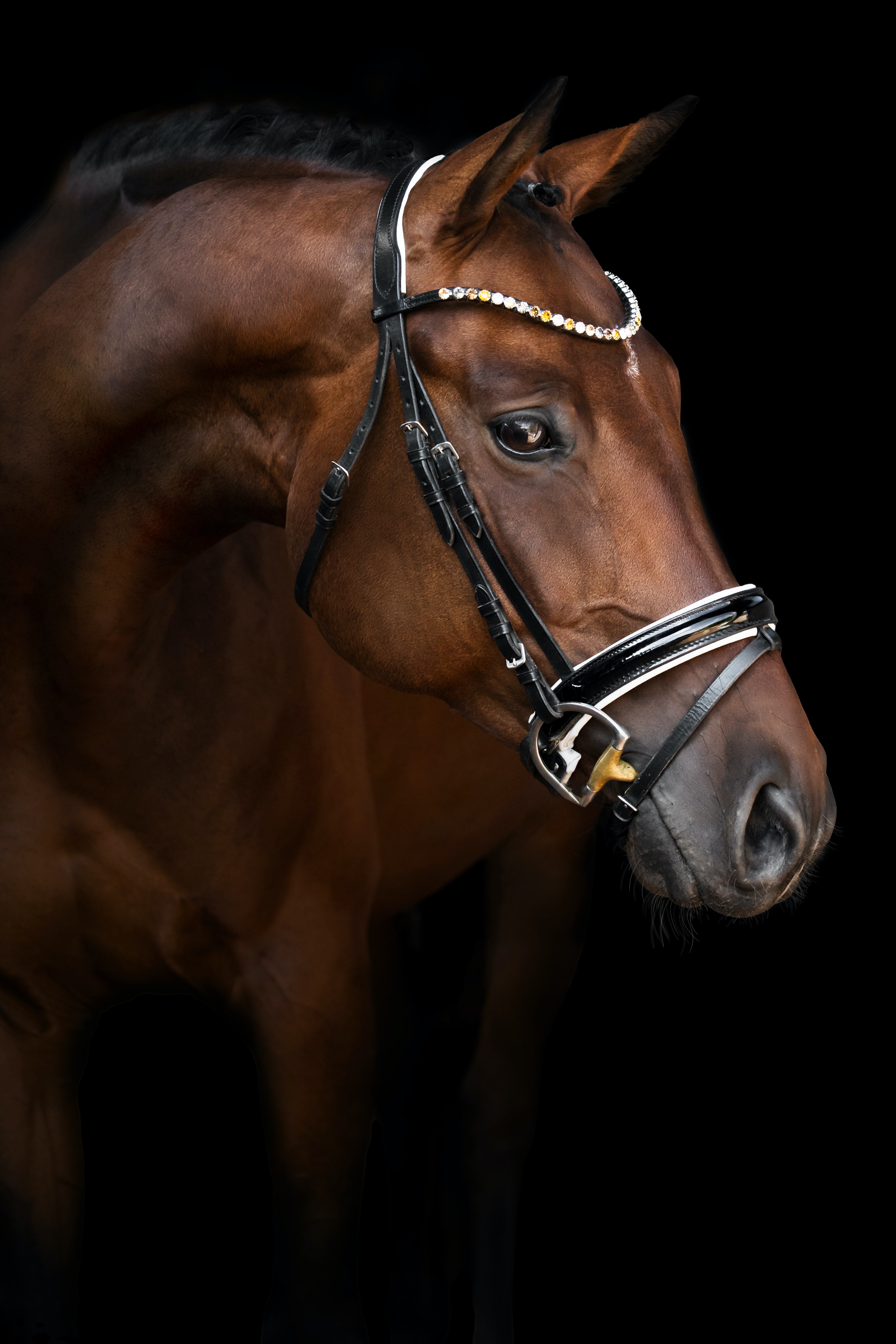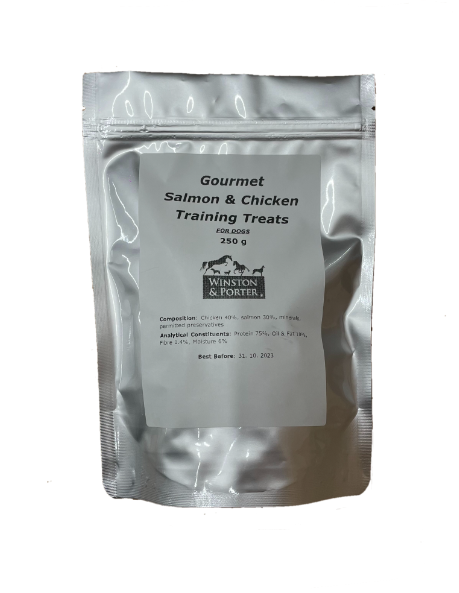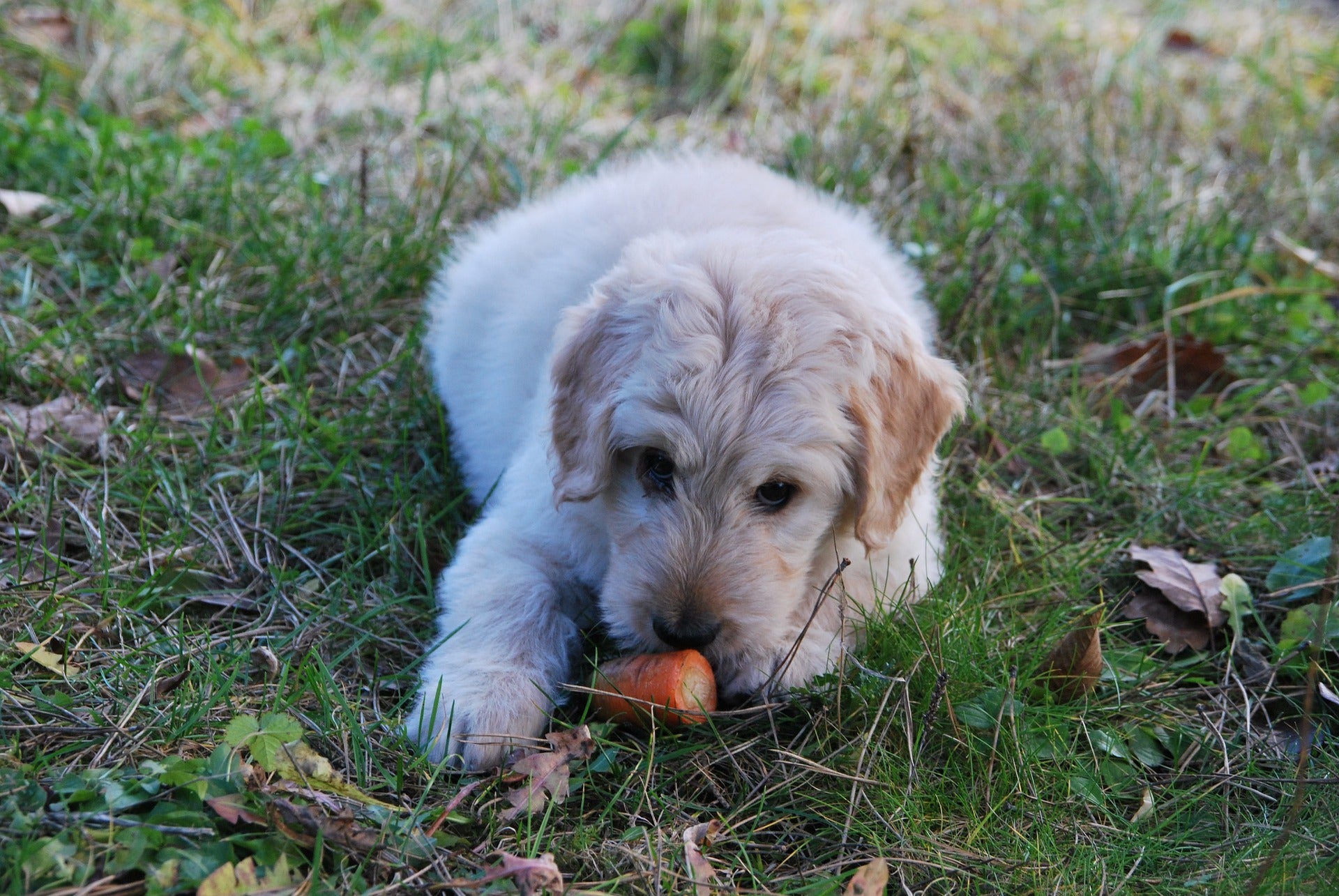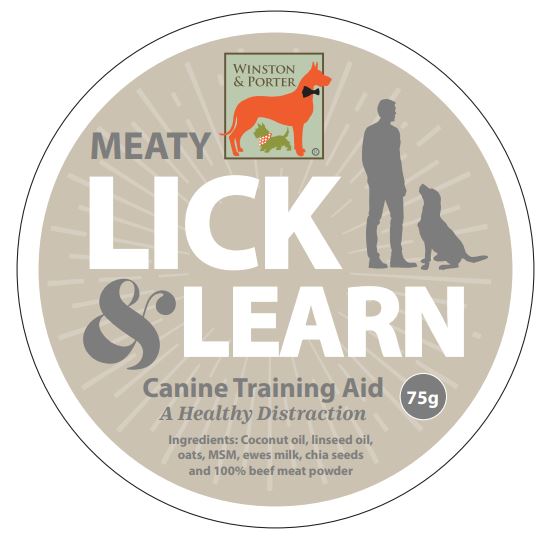
Stress in your Dog. What causes it and how to deal with it!

In the UK alone there are approximately 12 million dogs. At meal times in our house, we sometimes feel like we have most of them living here! In the past, statistics have shown that British people favoured cats due to their independence and ability to be at home happily while we worked. As the working world has changed and adapted, so has our pet choices and as a nation we equally love cats and dogs.
The vast majority of dog owners will do anything to ensure their dog is happy and not stressed. Modern life offers many stressors for our dogs and without realising it, we can add to that. Activities that we enjoy, are not always good for your four-legged companion but neither is leaving them alone all day- so what can we do?
There is a multi-billion-pound pet industry, with 10 billion pounds a year being spent on dogs alone, but is all of our money being spent wisely? Are we buying what the marketeers want us to, or what our pets want and need?
Traditional training programmes discuss the merit of using high value treats to aid concentration and focus and at face value, they appear to do the job……but the face value bit is what gave us our latest product.
We have a new puppy, Martha.

A young version but super cute, she is now 6 months old and looks like a hairy mammoth! All of our products have been inspired by a particular animal - usually to solve a problem that we or someone else is having and Martha (along with some other pups) inspired our newest, and we think, incredibly important product.
We produce top of the range, 100% natural treats for dogs and they are absolutely adored by even the fussiest of dogs because they replicate what they would eat through choice if they could control their diet. They are wonderful additions to a canine diet, safe and enjoyable but not necessarily for training. We will explain why.
When the brain is excited or anxious it releases large amounts of a rather nasty hormone called cortisol. Cortisol is one of the steroid hormones and is made in the adrenal glands. Most cells within the body have cortisol receptors. Secretion of the hormone is controlled by the hypothalamus, the pituitary gland, and the adrenal gland, a combination of glands often referred to as the HPA axis. Sadly, many dogs suffer from Cushing’s and Addison’s disease so their owners will be all too aware of this.
Cortisol has it’s uses - one of which is regulating blood sugar. It also regulates metabolism, reduces inflammation and helps control the balance of salt. In normal amounts, it is fine and it is necessary.
Neurologically, dogs’ function on a continuum between sympathetic (fight or flight) and parasympathetic (rest and digest). If Dogs experience stress, and it is the same for us, they produce more cortisol than is needed; this is where the issue lies.
As Previously mentioned, modern life is stressful for dogs, it is noisier and busier than they would like and there is lot of ‘surprises’ and ‘unknowns’ for dogs to navigate. Surprisingly, treats in training and the use of a ball can add to that stress and the secret is in the face. Hence the ‘face value’ reference. When you are holding treats for your dog, or fumbling around in your pocket, or giving them sporadically, or dropping them, or forgetting to take them out, or replacing the brand, or giving one dog more than other (the list goes on). Although the treat is a reward for the dog, it offers so many ‘unknowns’ that he feels out of control and stressed.
Watch your dog’s face.
They look wired, overstimulated and stressed, none of which is conducive to a brain ready for learning or coping with a new person or situation.
If you drop a treat and another dog gets it, they feel angry and resentful in the pack, then hypervigilant to ensure they do not miss the next one. This is not the focus we need for training or de-stressing and this situation without doubt, will be activating the release of too much cortisol in the brain.
As humans when we experience this, it makes our brain feel foggy, we can’t think straight and in extreme cases, it causes what is called an ‘amygdala hijack’ and our brain just freezes (think of those moments in an exam, where you cannot even remember your name for the front of the paper)
Imagine if we were given rewards in the same way, while trying to relax and study sat with your family. If the head of the household held biscuits and asked questions, but then someone else got the biscuit by mistake or it was dropped and you could not reach it…. you would soon feel agitated, stressed and though the biscuit bit was nice, the experience will have released cortisol.
It is the same for dogs. It can be seen so clearly in their eyes as often we confuse hypervigilance with focus.
But…. let’s skip to the good bit!
At Winston and Porter, we are solution orientated and have spent the last six months developing what we think to be literally a ‘game changer’. No more stress inducing learning games, no more worrying ‘unknowns for your dog. We have produced a completely unique product called ‘lick and learn - a healthy distraction’. This completely remarkable product is the only one is it's class and will change your training for the better and for good.
With the Lick and Learn training aid, the reward is in a tin and is solid. The dog licks his reward and the supply is reliable. There is no fumbling around or dropping of treats. The fully sealed tin sits happily in a bag or pocket, until needed.
The benefits however, go way beyond the practical.
Lick and learn has an amazing other effect, when the dog licks. Their brain releases oxytocin, nicknamed by some experts as the love hormone, or the tend and befriend hormone. It is one of the most important hormones mammals produce, playing a vital role in social bonding, building relationships, positive social connection and stressful conditions. This is the hormone released between a mother and baby during breast feeding to build that early attachment and between loved ones when we cuddle.
What does oxytocin do, and where is it produced?
It’s produced in the hypothalamus within the brain, often called the ‘control centre’ and most often released by the pituitary gland. Once the hypothalamus sends signals for oxytocin to be produced, it’s either released into the bloodstream or to other parts of the brain and spinal cord. It binds to oxytocin receptors, influencing how dogs feel and behave towards others.
Oxytocin has also received increasing attention for its role in stress regulation and related psychopathology. The oxytocin and HPA systems are mutually regulating. Oxytocin can inhibit the stress-induced activity of the HPA axis to promote the return of cortisol levels to normal levels after stress is experienced. It literally fights back the cortisol.
Not only that……all of the ingredients are 100% natural and good for your dog- no more empty calories while training!
We have conducted extensive testing of our exciting new product, and the feedback from very experienced dog trainers and the canine community has been overwhelmingly positive.
So, what does all of that mean for you and your dog?
A healthy, handy training aid, that is easy to carry- no more splitting bags and crumbly pockets!
A reliable delivery system that does not stress the dog, it actually calms them.
An oxytocin releasing method that can relax the brain, making the bond between you and your dog stronger than ever.
A calming tool that can be used in any stressful situation: vets, travelling, groomers, new places, waiting for long periods, busy places, to distract from healing wounds. The opportunities for use are endless.
A training aid that fosters complete focus and calm learning.
An unapparelled, totally unique system to ensure that every training, stressful or boredom busting situation is handled mindfully, working with instead of against the physiology of your dog’s brain.
Prices starting from £4.95 with 3 different sizes (75g, 125g and 250g) to fit with your needs and budget.
A perfect Christmas gift!
If in doubt, just look at their face with ‘high value training’ treats, then compare their face with Lick and Learn. It is all about face value.
Kelly and Dev. x


